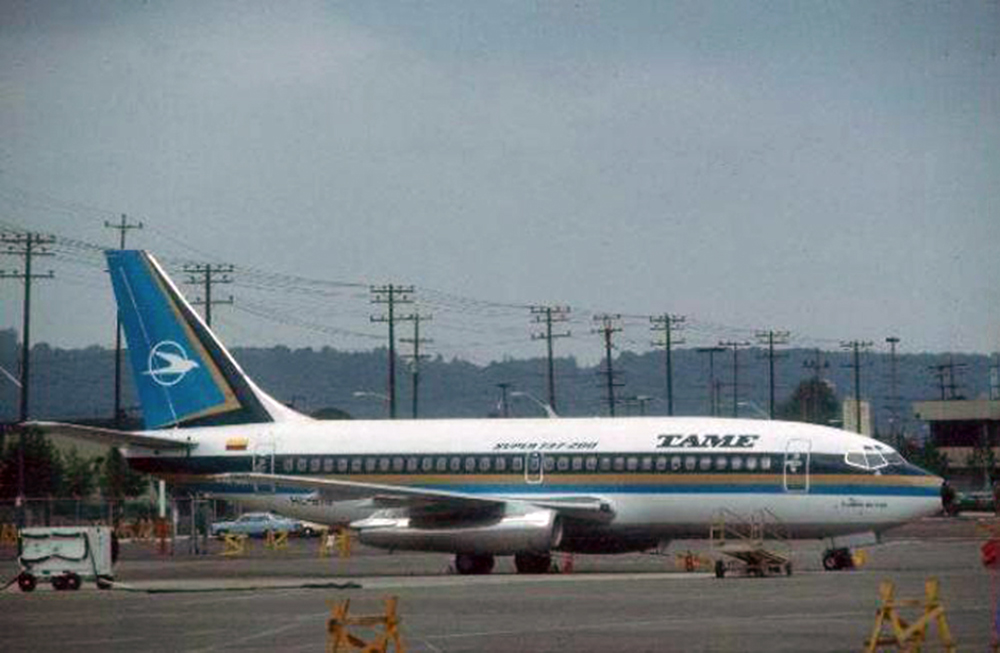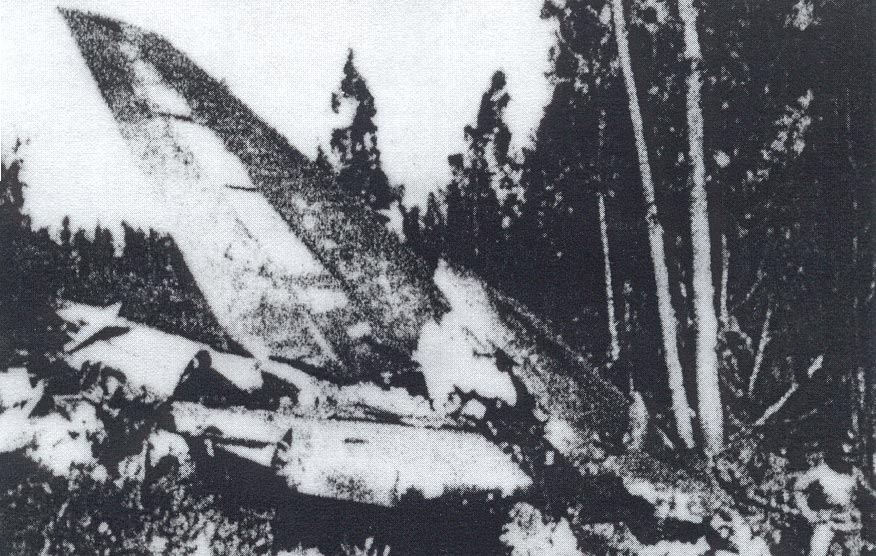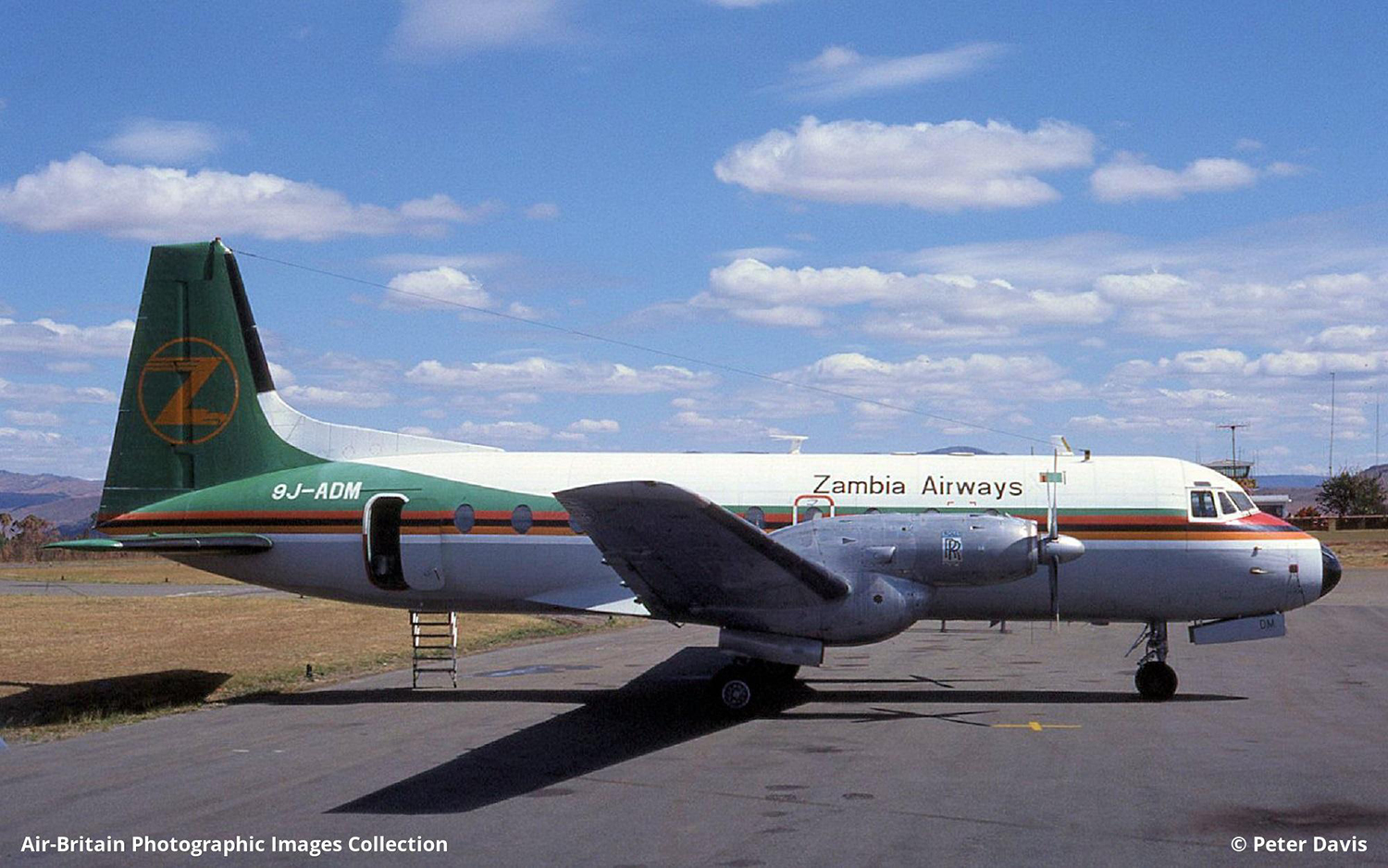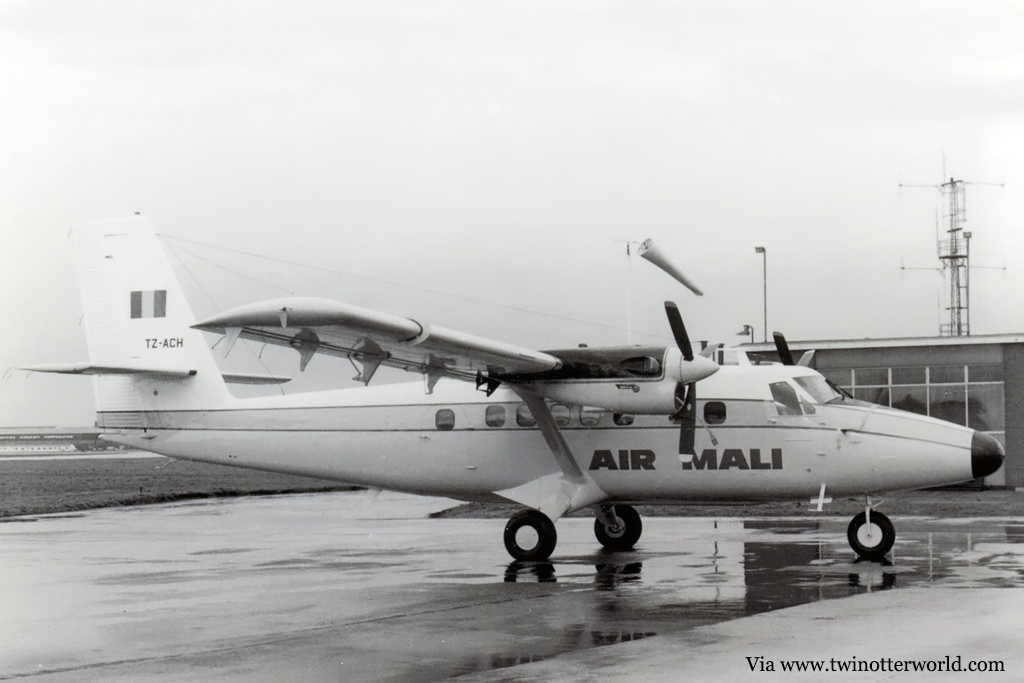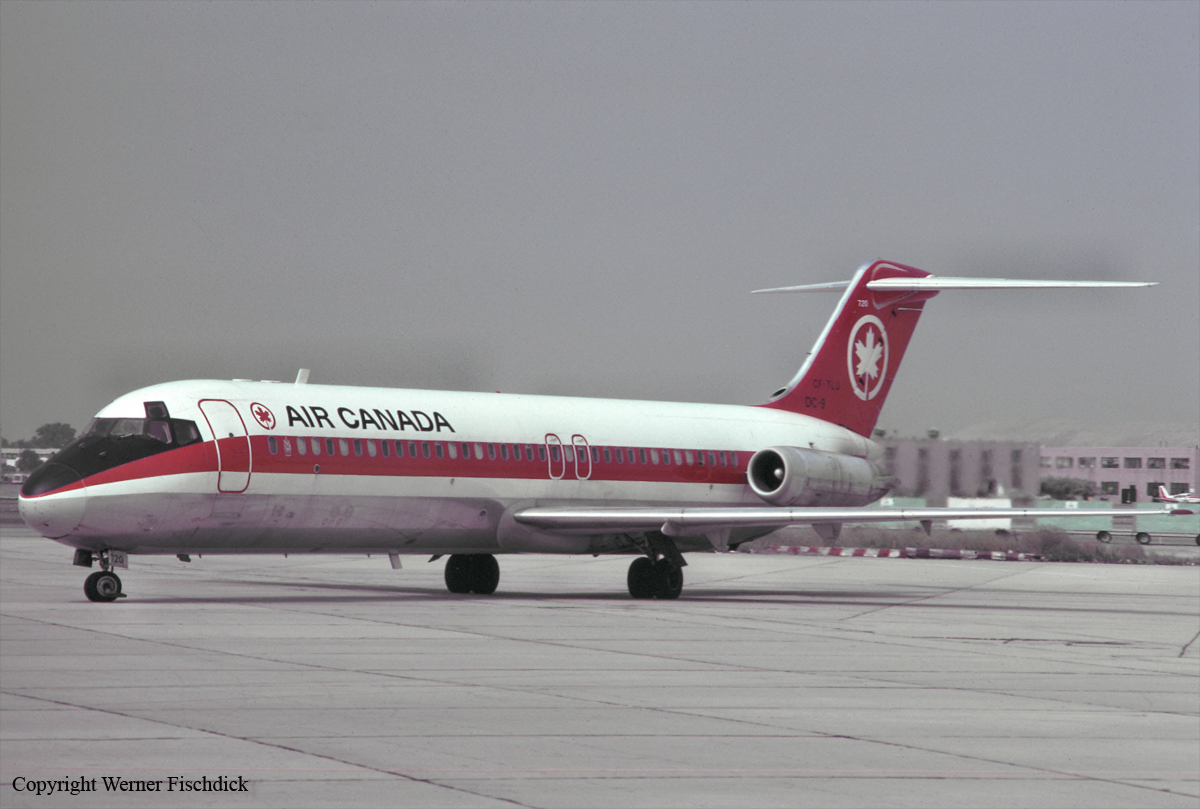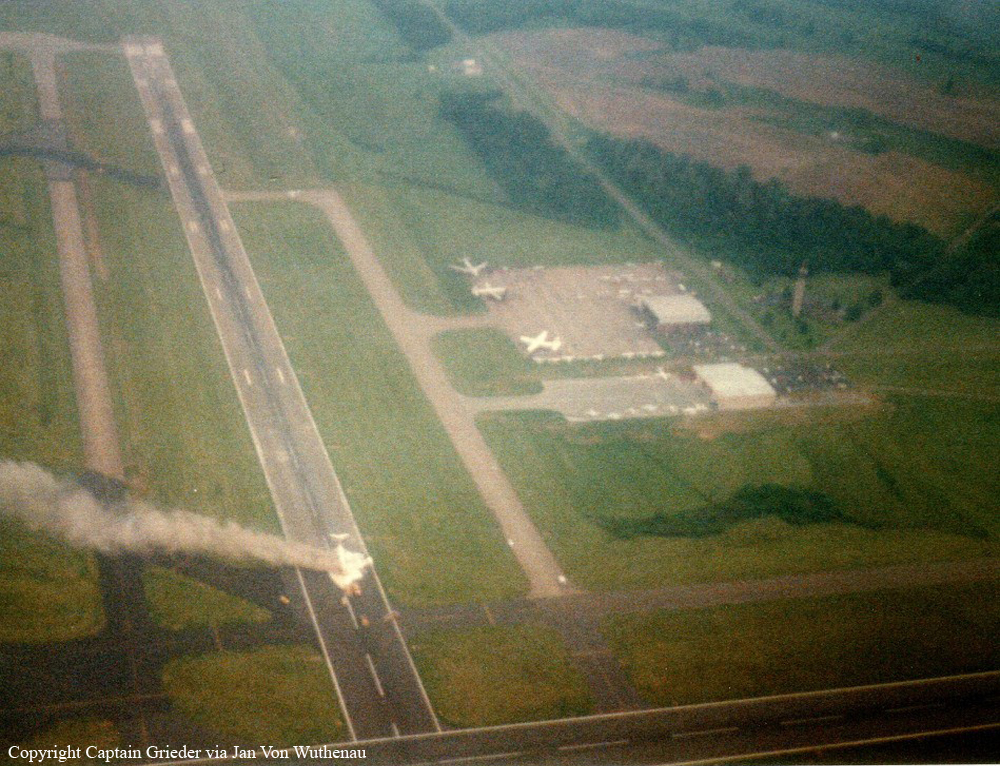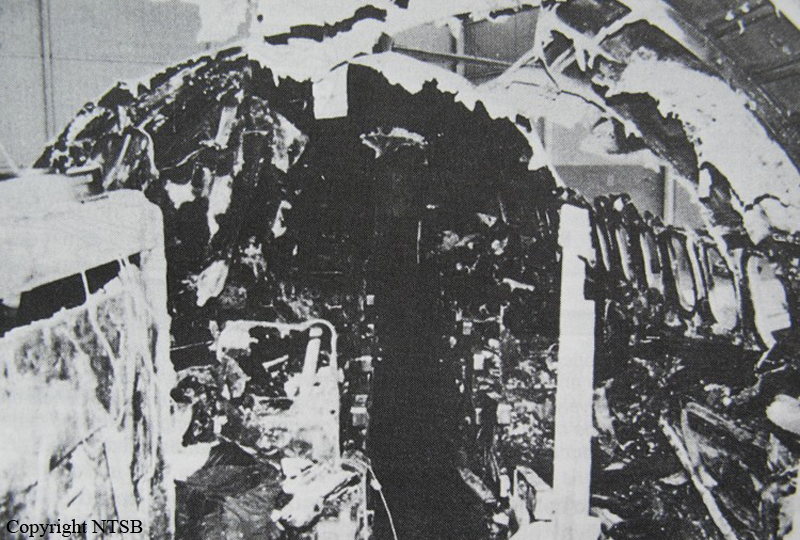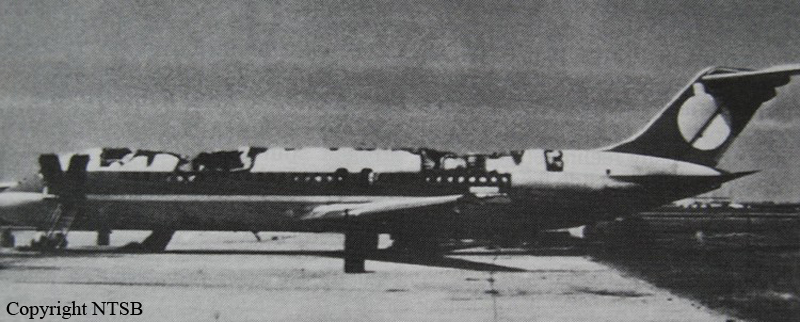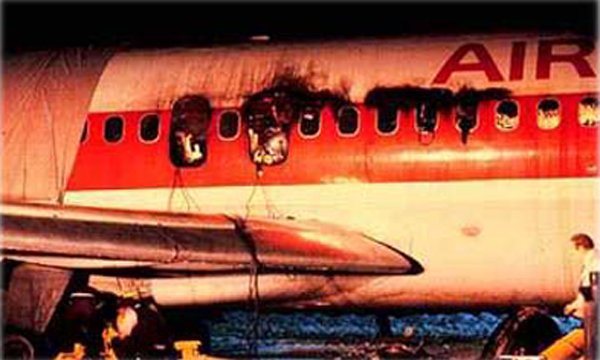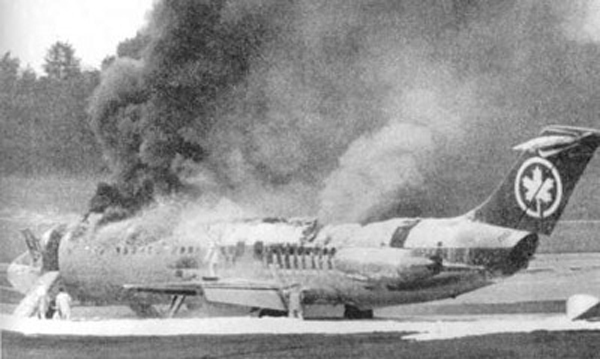Crash of a Boeing 737-2V2 in Cuenca: 119 killed
Date & Time:
Jul 11, 1983 at 0740 LT
Registration:
HC-BIG
Survivors:
No
Schedule:
Quito - Cuenca
MSN:
22607
YOM:
1981
Crew on board:
8
Crew fatalities:
Pax on board:
111
Pax fatalities:
Other fatalities:
Total fatalities:
119
Circumstances:
On final approach to Cuenca-Mariscal La Mar Airport, the crew encountered limited visibility due to poor weather conditions. On final, he failed to realize his altitude was insufficient when the airplane struck trees and crashed in flames near the district of Gaullum, about 2 km short of runway 05 threshold. The aircraft was totally destroyed and all 119 occupants were killed.
Probable cause:
For unknown reasons, the flying crew continued the approach below the glide without proper visual contact with the ground. A lack of experience was considered as a contributing factor.
